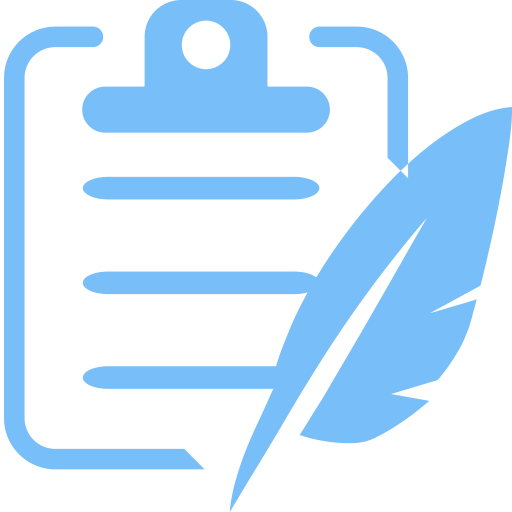Board meetings are pivotal events in the corporate landscape. Navigating these gatherings efficiently is essential for achieving organizational goals, fostering collaboration, and maintaining board effectiveness. In this article, we’ll explore strategies and techniques for efficiently navigating a board meeting, ensuring productive discussions and effective decision-making.
Before delving into strategies, it’s crucial to understand the dynamics of a typical board meeting. These gatherings often involve diverse stakeholders with varying perspectives, backgrounds, and interests. Moreover, they are governed by specific protocols, agendas, and time constraints. Recognizing these dynamics is the first step toward efficient navigation.
Efficiency in board meetings begins long before the meeting room doors open. Adequate preparation is paramount for maximizing productivity and ensuring meaningful contributions. Key aspects of preparation include:
1. Review meeting materials: Thoroughly review agendas, reports, financial statements, and other pertinent documents. This ensures a comprehensive understanding of the topics to be discussed and facilitates informed decision-making.
2. Setting personal objectives: Clarify your objectives for the meeting, whether it’s seeking approval for a proposal, providing insights on strategic initiatives, or addressing specific concerns. Aligning your goals with the meeting agenda helps maintain focus and relevance.
3. Anticipating questions and objections: Anticipate potential questions, concerns, or objections that may arise during discussions. Prepare evidence-based responses backed by data and analysis to address these effectively.
4. Engaging with fellow board members: Foster open communication and collaboration by engaging with fellow board members before the meeting. Discuss key agenda items, exchange perspectives, and address any pre-meeting concerns to streamline discussions.
Once the meeting commences, employing the following strategies can enhance efficiency and effectiveness:
1. Active listening: Actively listen to fellow board members’ perspectives and insights. Pay attention to non-verbal cues, such as body language and tone, to gauge reactions and sentiments accurately.
2. Contributing constructively: Contribute to discussions thoughtfully and constructively. Share relevant information, insights, and experiences that add value to the deliberations. Avoid tangential discussions or repeating points already made by others.
3. Managing time effectively: Respect allocated time slots for agenda items and avoid unnecessary digressions. Encourage brevity and clarity in communications to ensure efficient use of time.
4. Facilitating consensus-building: Foster consensus-building by acknowledging differing viewpoints and seeking common ground. Encourage respectful debate and dialogue while steering discussions towards actionable outcomes.
5. Leveraging technology: Embrace technology tools, such as video conferencing platforms and collaborative software, to facilitate remote participation and document sharing. Ensure technical readiness and familiarity with these tools to minimize disruptions.
Navigating a board meeting efficiently requires careful preparation, active participation, and adept facilitation skills. By understanding the dynamics of boardroom interactions and employing strategies such as preparation, active listening, time management, consensus-building, and technology utilization, board members can foster productive discussions, drive informed decision-making, and ultimately contribute to organizational success. Embracing these practices can transform board meetings from mundane gatherings to dynamic forums for strategic collaboration and innovation.
